Oh my gourd-ness! It’s easy to see why people go so crazy for ornamental gourds.
Nothing says fall quite like harvesting a beautiful bumper crop of these lumpy-bumpy ornamental veggies from the garden. Coming in all manner of shades and shapes, gourds are perfect for adding a touch of autumnal color in the backyard beds, or to table settings and holiday decorations.
Easy to grow, these members of the Cucurbitaceae family are trailing vines that can cover quite a large area and provide an abundant, colorful harvest. They’re perfect for growing with kids for a fun and educational gardening experience.

We link to vendors to help you find relevant products. If you buy from one of our links, we may earn a commission.
Many gardeners grow them purely as a decorative crop. But they are not just a treat for the eyes. Many varieties can also provide delicious and nutritious goodness for your family all winter long.
So, read on to learn about the best varieties of ornamental gourds to grow in your backyard for a harvest this fall.
Best Gourd Varieties to Grow In Your Backyard
Best Gourd Varieties to Grow In Your Backyard
Broadly speaking, there are two main types of gourd or decorative squash. The hard-shell varieties from the Lagenaria genus – often known as calabash or bottle gourds – are ideal for crafting into containers or birdhouses.
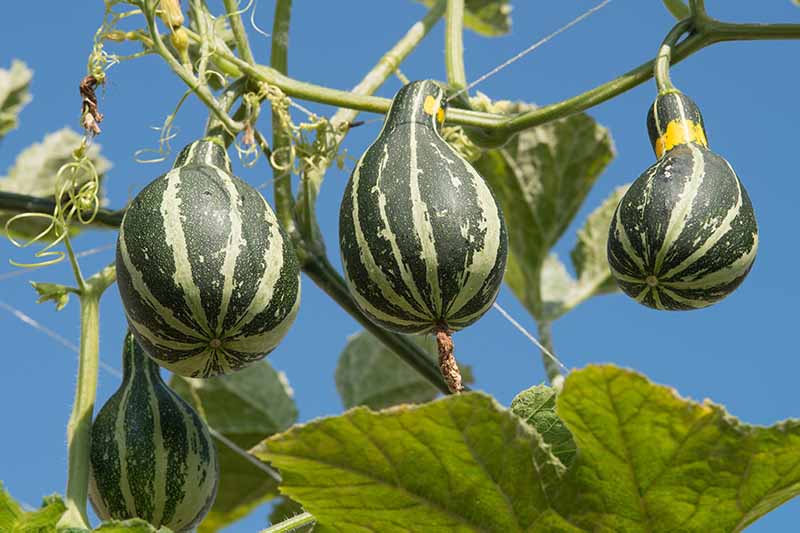
The Curcubita genus is the one you’re probably more familiar with, which includes edible squash and pumpkins as well as the ornamental varieties.
Let’s take a look at some of the more interesting and unusual gourds that will be ready to harvest from your fall garden:
1. Apple (L. siceraria)
If you managed to somehow combine a pumpkin and an apple, this is what you would get.
A striking deep green color speckled with lighter flecks, these genuinely look like huge apples.
‘Apple’ gourd is not an edible variety. This cultivar is ideal for arts and crafts if you’re looking for a rounded bowl shape to work with. Keep in mind that they will turn from green to a yellowish-brown color when dried.
A vigorous grower, spreading to 95-140 inches, ‘Apple’ matures in 120 days. It requires full sunlight to produce fruits 6-8 inches high by 4 inches across.
Seeds in packets of 25 of this heirloom cultivar are available at Burpee.
2. Daisy (C. pepo)
This beautiful open-pollinated variety produces gourds which, when viewed from above, have a unique flower pattern on the stem end of the fruit.
Colorful and high-yielding, ‘Daisy’ produces fruits in various shades of green, orange, and yellow.
These gorgeous little gourds grow to 3 inches by 2 inches in size, on long trailing vines that can be trained up a trellis or over an arbor. They mature in 91-98 days.
You can find ‘Daisy’ in packets of 30 seeds, available at Burpee.
3. Extra Long Handle Dipper (L. siceraria)
This heirloom ornamental is an unusual and uncommon variety which, as the name implies, has a long curved “handle” and a bulbous end.
If you leave the vines to trail on the ground, they will produce elegant curved handles. You can also train them up a trellis so the handles grow straight downwards.
Particularly useful for making attractive fall and winter decorations, this inedible cultivar produces fruits 2-3 feet in size. It matures in 110-130 days and thrives in full sun.
You can find packets containing 40 seeds for this unusual variety at Burpee.
4. Mixed Varieties (L. siceraria and C. pepo)
If you can’t decide which variety is right for you, why not try a seed mix?
Large Mix
This seed mix is a potluck of spectacular large gourds, producing a cornucopia of wonderful shapes, sizes, and colors sure to brighten up your plot in the fall.
With sprawling vines, this cultivar needs space to spread out, so planting rows 2-3 feet apart is recommended.
With a variety of smooth or coarse textures, this seed mix has amazing potential for use in creative arts and crafts projects.
This variety is ready to harvest in 120 days, and is available at True Leaf Market.
Small Mix
Eye-catching and fun, these gourds make perfect fall and winter decorations that kids and adults alike can’t help but fall in love with.
Mature in 120 days, this seed mix produces a variety of colorful yellow, orange, green, white, and multi-colored fruits that come in a multitude of shapes, textures, and sizes – including both smooth and warted varieties.
You can buy this seed mix from Eden Brothers.
Additionally, a combination of large and small C. pepo gourd seeds is available from True Leaf Market.
5. Speckled Swan (L. siceraria)
This unusual open pollinated cultivar is grassy green with creamy white specks. The large fruit grows up to 8 inches in diameter, usually with a flat base. It gets its name from the sweeping 12 to 16-inch neck that curves elegantly downwards.
Used for crafts and decorations, the flesh is not edible. Unlike some of the other varieties, this one retains its color when dried. Maturing in 115-125 days, ‘Speckled Swan’ enjoys full sun.
Packets of 30 seeds are available at Burpee. You can also find seeds available at Botanical Interests.
6. Tennessee Spinning (C. pepo)
This ornamental striped green variety looks like a misshapen watermelon, and is perfect for crafts or even jewelry.

Sometimes called ‘Tennessee Dancing Gourd,’ this heirloom cultivar originated in Hickman County, Tennessee.
Mature in 90-100 days, this variety requires full sun to thrive and produce the small 2 to 3-inch fruits.
7. Turk’s Turban (C. maxima)
This heirloom variety is certainly unique. Made up of two halves, the bottom half is usually a solid color, whereas the “hat” or “turban” is beige with streaks of reddish orange and green.
It was first cultivated in the 1820s, and is as popular for its looks as it is for its taste. Doing double-duty as an ornamental and an edible, this variety can be used in all your favorite squash recipes, including baking, steaming or, my personal favorite, in soups.
This large variety can reach up to 7 pounds in total weight, and it’s suitable for decorative use when dried.
‘Turk’s Turban’ matures in 95 days and seeds are available from Eden Brothers.
Which Gorgeous Gourd Is For You?
With such strikingly beautiful varieties to choose from, you’re sure to find the perfect gourd for your garden.
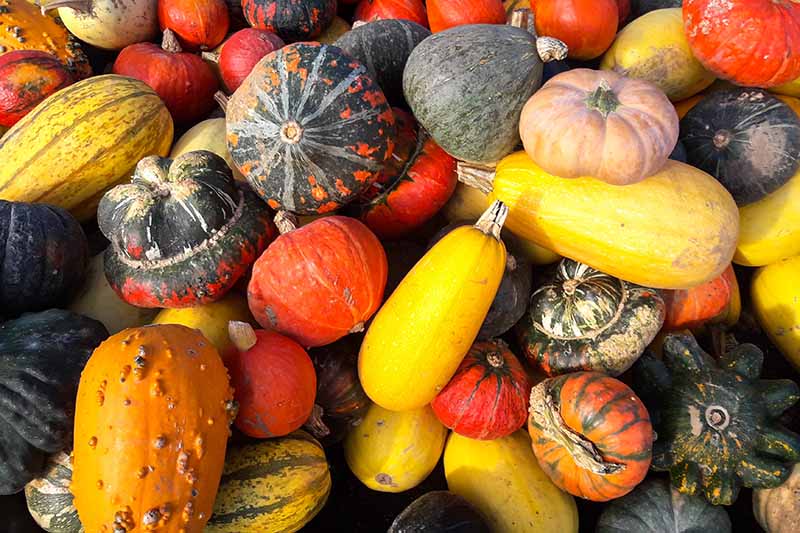
Have you tried growing gourds? What are your favorite ways to use them? Let us know in the comments section below!
Check out these guides for more inspiration:
- Grow Your Own Birdhouses With These Decorative Gourds
- From Crookneck to Zucchini: Your Summer Squash Growing Guide
- Smoother Skin from the Garden? Learn How to Grow Loofah
© Ask the Experts, LLC. ALL RIGHTS RESERVED. See our TOS for more details. Product photos via Burpee, Eden Brothers, and True Leaf Market. Uncredited photos: Shutterstock. With additional writing and editing by Clare Groom and Allison Sidhu.
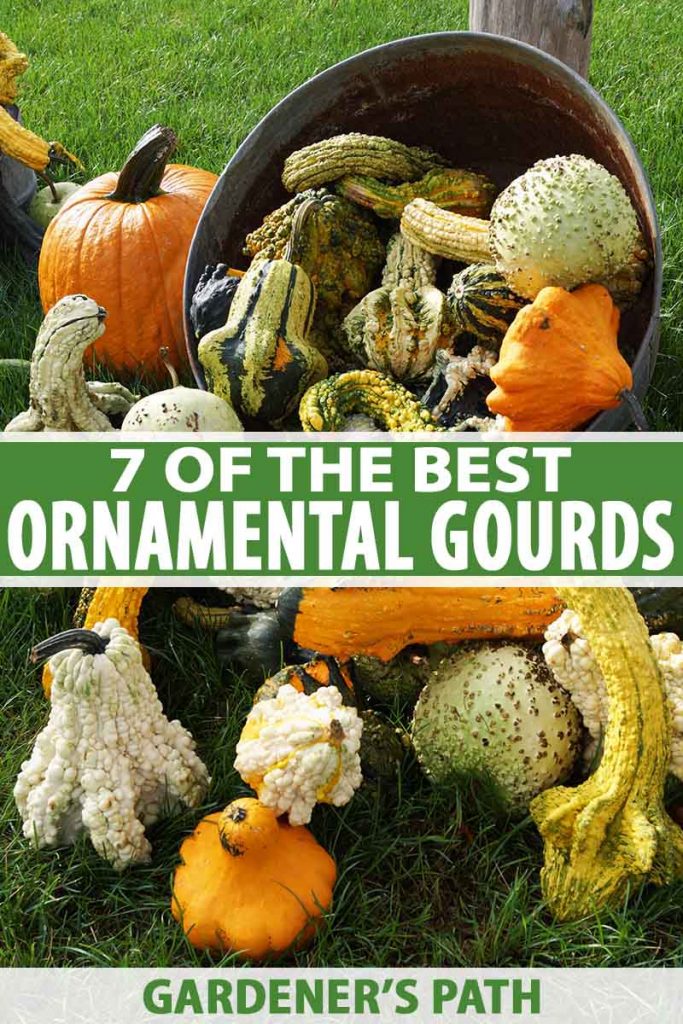

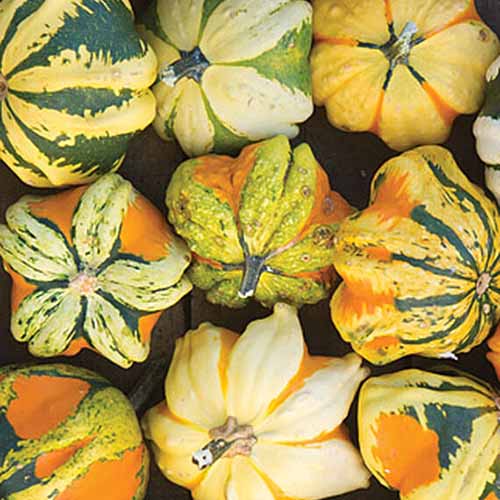
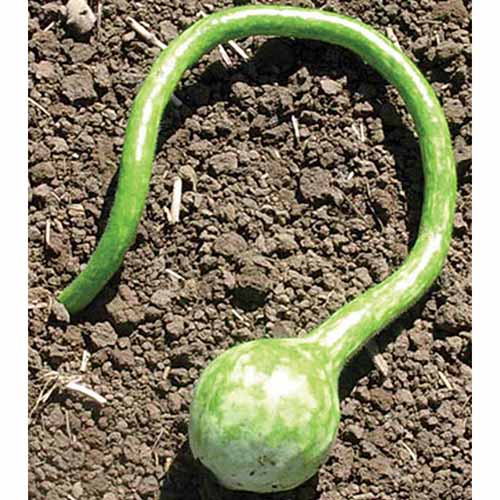

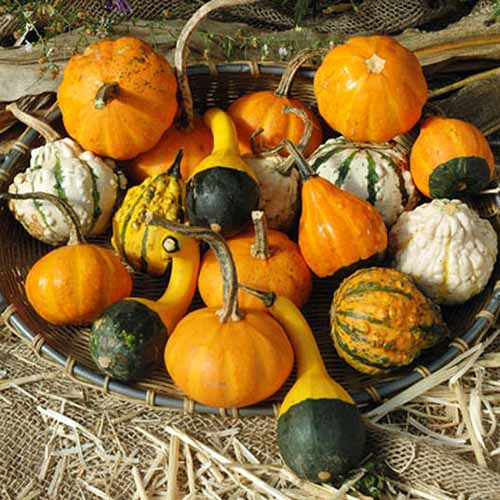
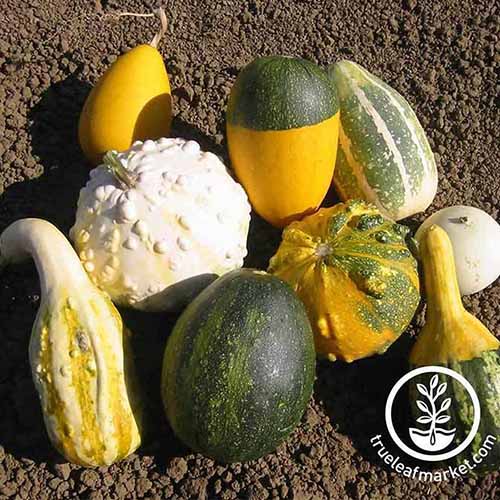
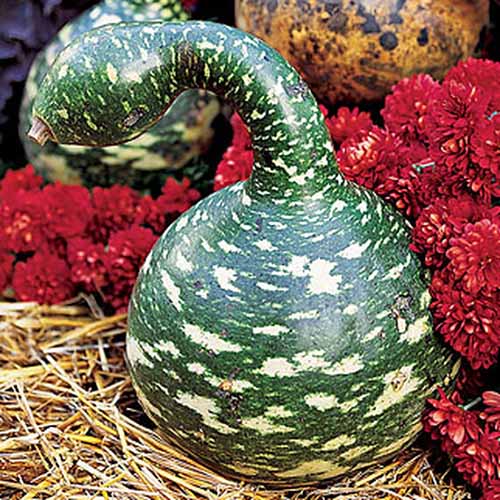
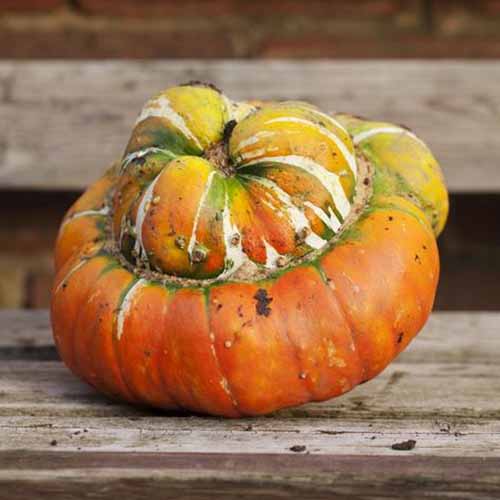
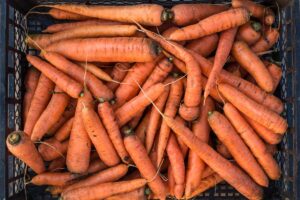
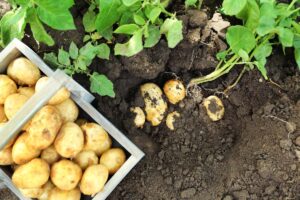
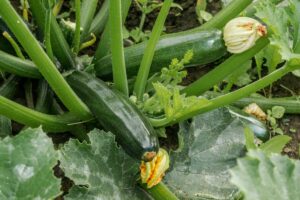
Are bottle gourds edible? If so, how to cook?
Hi Valerie –
Bottle gourds are edible, but are best eaten when they are young and tender. Unlike squash grown for consumption, these are generally cultivated for the purpose of letting them grow hard and tough for use as vessels.
I grow the Apple Gourds for the novelty appearance & to use as Bird Houses… very easy to grow and they definitely make an impression for people seeing them for the first time
Hello Les, thanks for weighing in! I never thought of using the apple gourds as bird houses, but now I’m going to try it.